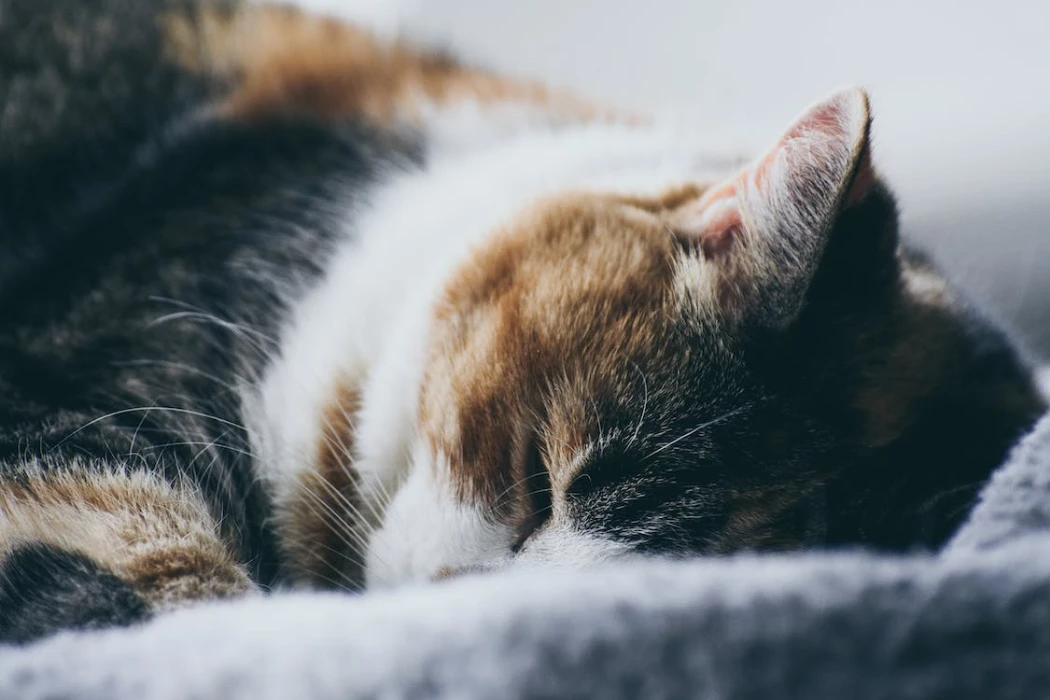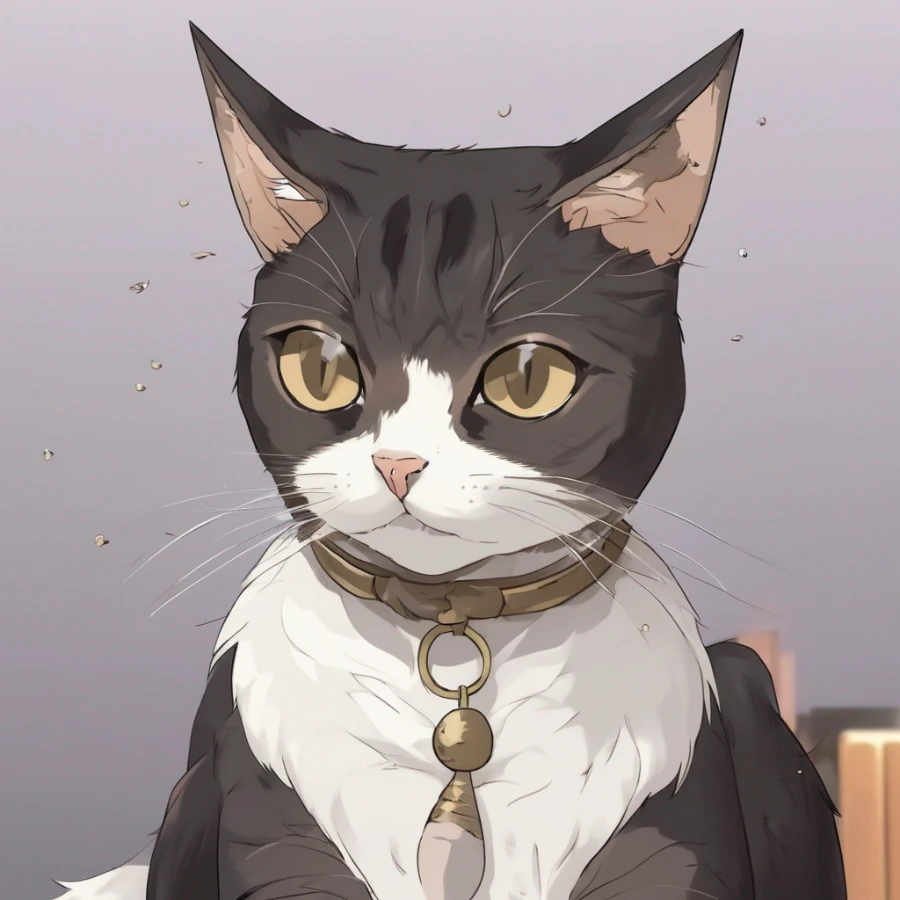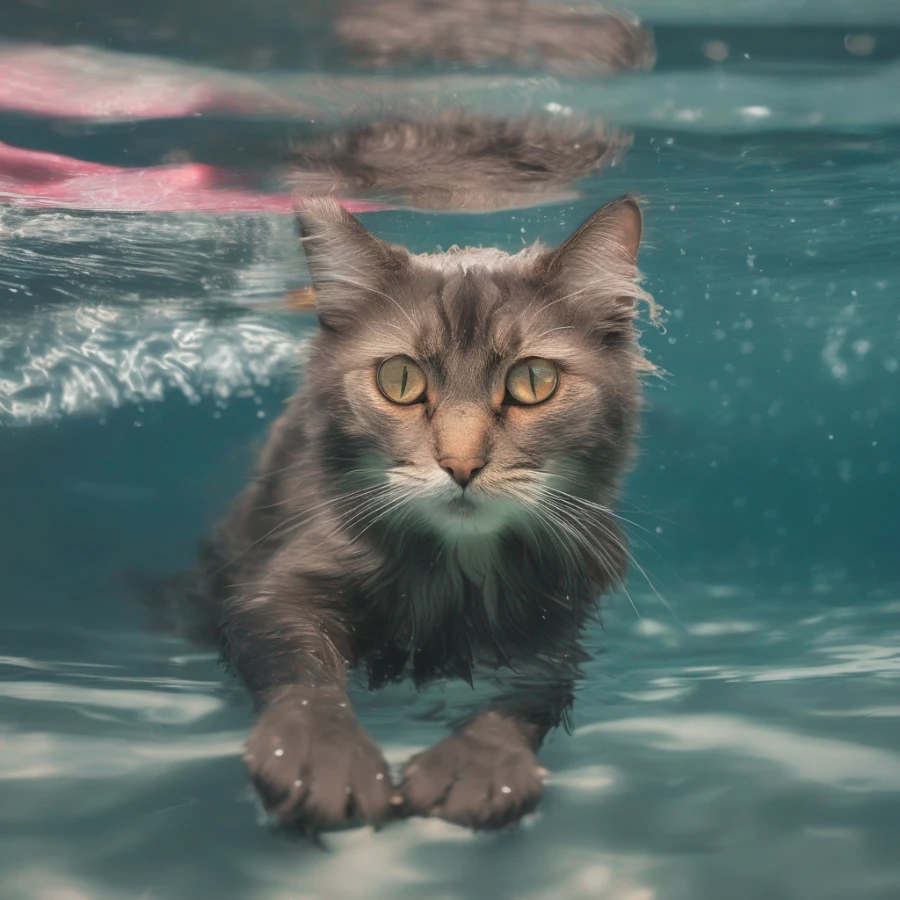Can Cats Eat Banana Bread? Check Before You Share
Cats should avoid banana bread. Ingredients like yeast, sugar, and additives can be harmful. Stick to cat-friendly treats for their well-being.

Can Cats Eat Banana Bread
If you're contemplating sharing a bit of banana bread with your cat, it's important to consider the components. Bananas, in moderation, are generally safe, but the bread dough can pose a threat due to expansion in the stomach. Check for toxic ingredients like chocolate or raisins. While small amounts of banana may not harm, it's crucial to prioritize a balanced and species-appropriate diet for your feline friend.
Quick Overview
Yes
Avoid Feeding
Why Cats Can’t Eat Banana Bread?
Cats should avoid banana bread for several reasons. Firstly, the yeast commonly found in banana bread poses a digestion risk for cats. Their lack of enzymes to break down yeast can lead to gastrointestinal issues, potentially causing discomfort and blockages.
Additionally, the high sugar content in banana bread is unsuitable for cats. As obligate carnivores, cats do not require added sugars in their diet. Excessive sugar intake can contribute to health problems like obesity and diabetes in felines.
Furthermore, some banana bread recipes include toxic ingredients for cats, such as raisins or nuts. Raisins can lead to kidney failure, while certain nuts may cause gastrointestinal upset or pancreatitis.
Banana bread might also contain artificial additives, including sweeteners like xylitol. Xylitol is highly toxic to cats, triggering rapid insulin release and potentially resulting in hypoglycemia.
Lastly, banana bread lacks the essential nutrients that cats need for optimal health. Feeding them foods outside their natural diet can lead to nutritional imbalances over time. To ensure your cat's well-being, it's best to stick to a diet that aligns with their specific nutritional requirements and consult your veterinarian if you have any concerns.
Can Cats Eat Banana Bread?
Concerned about whether banana bread is safe for your feline friend? It's important to consider the potential risks. While bananas in moderation are generally safe for cats, banana bread raises some concerns.
1. Yeast Content:
Banana bread often contains yeast, which may lead to gastrointestinal issues as cats lack the necessary enzymes to digest it properly.
2. Sugar Content:
High sugar intake from banana bread can contribute to obesity and diabetes in cats, as they don't need sugar in their diet.
3. Raisins and Nuts:
Some banana bread recipes include raisins or nuts, which can be toxic to cats, causing kidney failure or gastrointestinal upset.
4. Artificial Additives:
Check for artificial sweeteners like xylitol, which is extremely toxic to cats and can lead to hypoglycemia.
5. Moderation is Key:
If you decide to offer your cat a small amount of banana bread, moderation is crucial. Treats like this should be an occasional indulgence, not a regular part of their diet.
Always prioritize your cat's well-being and choose treats that align with their nutritional requirements. If in doubt, consult your veterinarian about specific foods and remember to focus on your cat's health above all.
Steps to Take if Your Cat Inadvertently Consumes Banana Bread

If your cat has accidentally consumed banana bread, it's essential to take prompt and appropriate steps to ensure their well-being. Here's a guide on what to do:
1. Remain Calm:
Stay calm to think clearly and assess the situation. Avoid panicking, as this can hinder your ability to take effective action.
2. Evaluate the Ingredients:
Check the ingredients of the banana bread to identify potential hazards. Pay attention to additives, raisins, nuts, and artificial sweeteners like xylitol, as these can be harmful to cats.
3. Contact Your Veterinarian:
Reach out to your veterinarian immediately. Provide them with information about the ingredients in the banana bread and any observed symptoms. Follow their guidance for the next steps.
4. Monitor for Symptoms:
Keep a close eye on your cat for any signs of distress or unusual behavior. Symptoms may include vomiting, diarrhea, lethargy, difficulty breathing, or changes in appetite. Report any changes to your veterinarian.
5. Do Not Induce Vomiting:
Avoid attempting to induce vomiting in your cat without consulting your veterinarian first. Some substances, such as certain toxins, can cause more harm if brought back up.
6. Provide Water:
Ensure your cat has access to clean water. Hydration is crucial, especially if the banana bread contains salty or potentially harmful ingredients.
7. Remove Access to Food:
If you suspect the banana bread contained harmful ingredients, remove any remaining portions and secure other potential sources of danger. Restrict your cat's access to food until you receive guidance from your veterinarian.
8. Follow Veterinary Advice:
Adhere to any instructions provided by your veterinarian. They may recommend bringing your cat in for an examination, depending on the ingredients and the amount consumed.
9. Learn from the Incident:
Use the experience to prevent future accidents. Store human food securely, be mindful of ingredients harmful to cats, and create a safe environment for your pet.
What Treats Can You Safely Share With Your Cat?
Sharing treats with your cat can be a delightful way to bond, but it's important to choose treats that are safe and suitable for feline consumption. Here are some cat-friendly treats you can share:
1. Plain Cooked Meat:
Offer small, cooked pieces of chicken, turkey, or beef. Avoid seasoning, especially with onions and garlic, as these can be harmful to cats.
2. Fish:
Small amounts of cooked fish, such as salmon or tuna, can be a tasty treat. Ensure it's free from any seasonings, and be mindful of mercury content.
3. Catnip:
Many cats enjoy catnip as a treat. You can find catnip-infused toys or offer dried catnip leaves in moderation.
4. Freeze-Dried Treats:
Freeze-dried meats or fish treats are a convenient and safe option. They retain the natural flavors without added preservatives.
5. Baby Food (Meat-Based):
Certain baby foods, particularly those made of pureed meats without added ingredients, can be given as an occasional treat.
6. Cat Treats:
Commercially available cat treats designed for feline consumption are formulated to meet their nutritional needs. Look for treats with high protein content and minimal additives.
7. Cooked Eggs:
Scrambled or boiled eggs without any seasoning are a protein-rich treat that many cats enjoy.
8. Small Pieces of Cheese:
Some cats tolerate small amounts of cheese. Ensure your cat is not lactose intolerant, and offer in moderation.
9. Homemade Cat Treats:
You can make simple homemade treats using cat-friendly ingredients like tuna, chicken, or catnip. Ensure the ingredients are safe and consult with your veterinarian for recipe recommendations.
10. Fresh Fruits and Vegetables:
In small amounts, some cats enjoy fruits like melon or berries. Vegetables like cooked carrots may also be well-received. Always introduce new foods gradually and monitor for any adverse reactions.
Frequently Asked Questions




